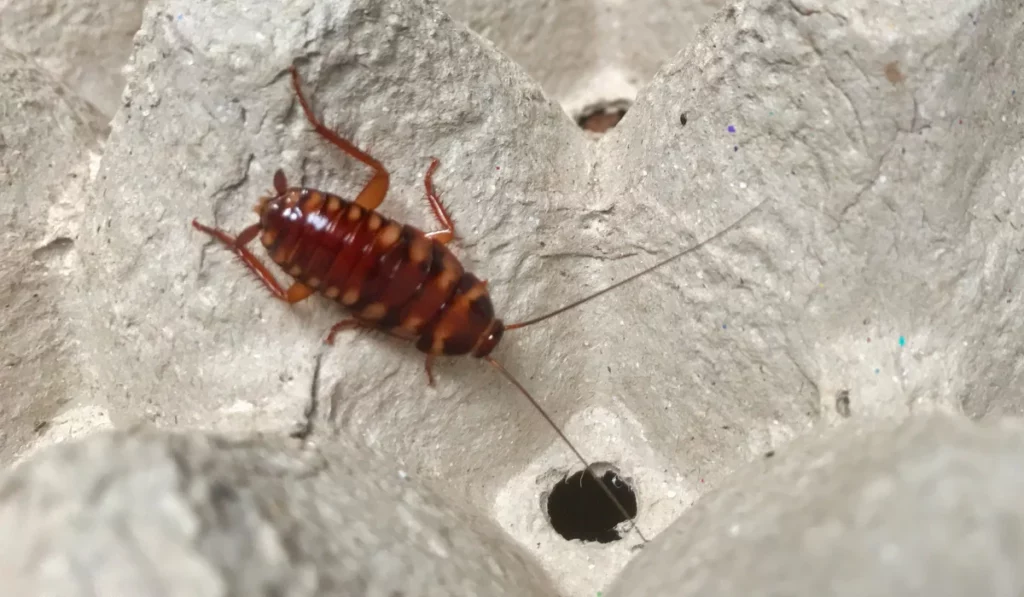Why are tiny ants invading homes across San Diego? These common pests have become a persistent nuisance in the area, and it’s important to know why they’re attracted to urban settings.
Understanding these tiny ants can help you deal with infestations effectively. Read on and learn strategies to protect your home.
Key Takeaways
- Knowing what type of tiny ants are in your San Diego home is important for getting rid of them.
- Regular cleaning and removing food sources can significantly reduce ant activity indoors.
- Sealing entry points and using targeted ant baits are key strategies for preventing future infestations.
- Professional pest control services can offer long-term solutions when home remedies aren’t enough.
How to Get Rid of Tiny Ants in San Diego
Tiny ants can be a pesky intrusion in homes across San Diego, California. Here’s a guide to help you get rid of them once and for all.
Step 1: Identify Common Types of Tiny Ants
Several species of ants can invade homes in San Diego. When dealing with them, you must recognize the specific species you’re encountering.
Here are some of the common ant species in North America, including several that are frequently found in San Diego:
| Types of Ants | Distinct Features |
|---|---|
Argentine Ants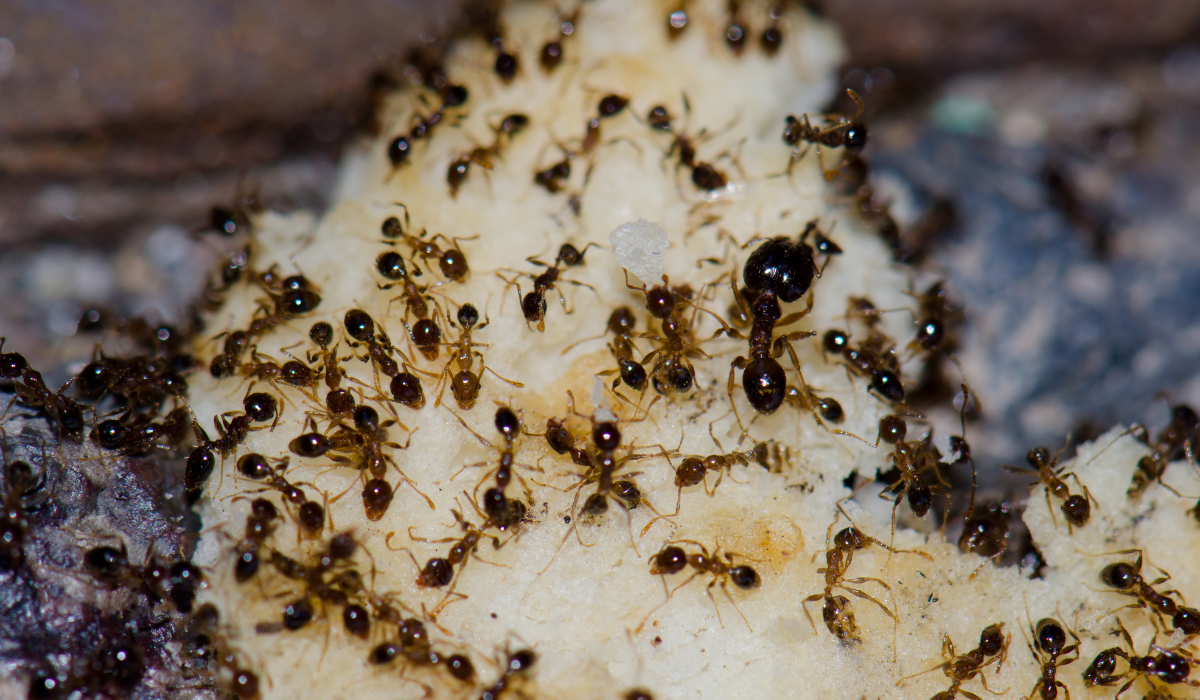
|
Troublesome as they form super colonies. |
Odorous House Ants
|
Emit a distinctive smell when crushed. |
Carpenter Ants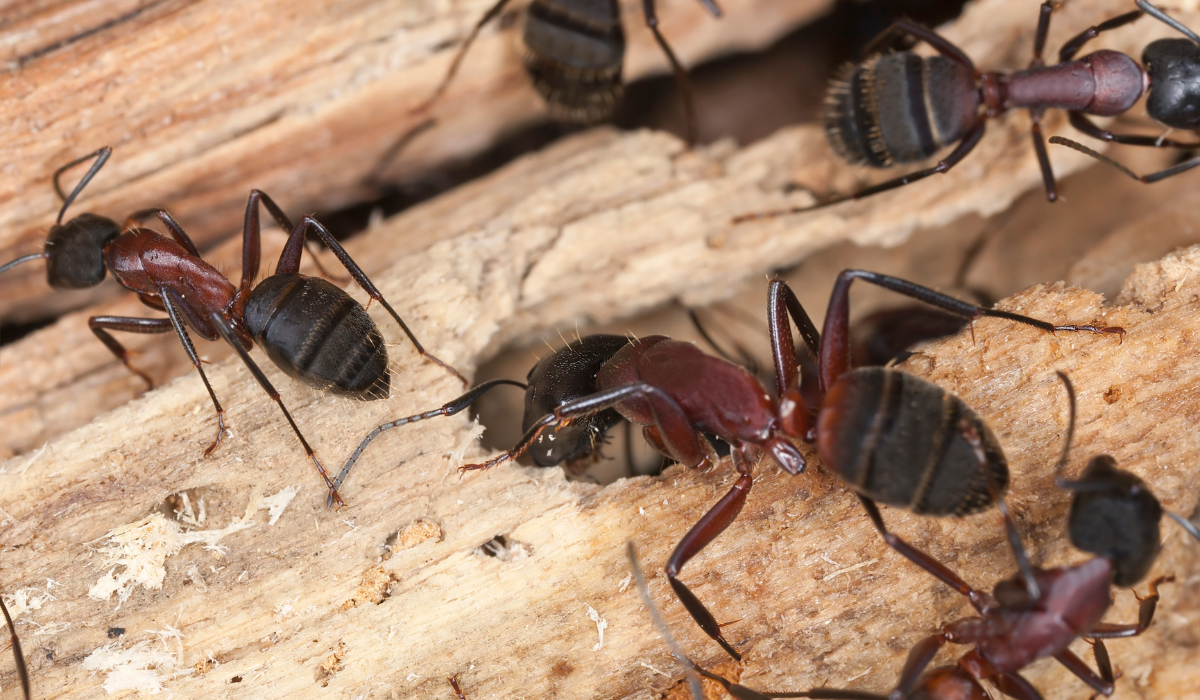
|
Dark brown or black, often mistaken for termites. |
Pharaoh Ants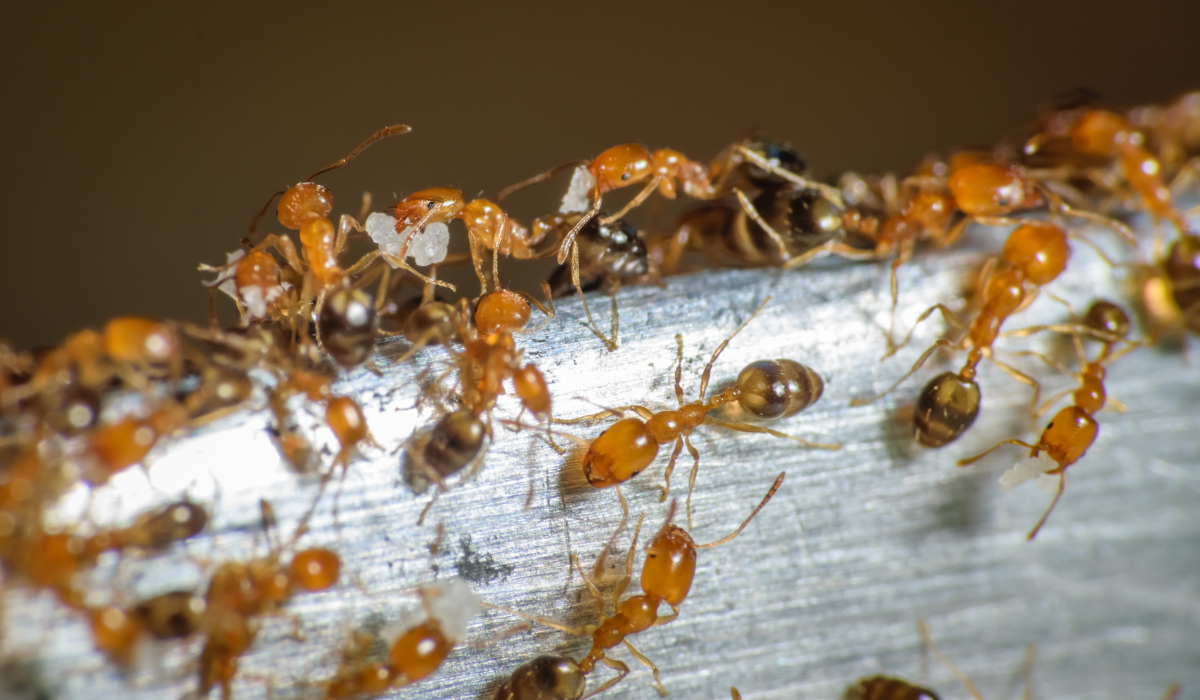
|
Light yellow to reddish, known for spreading pathogens. |
Red Imported Fire Ants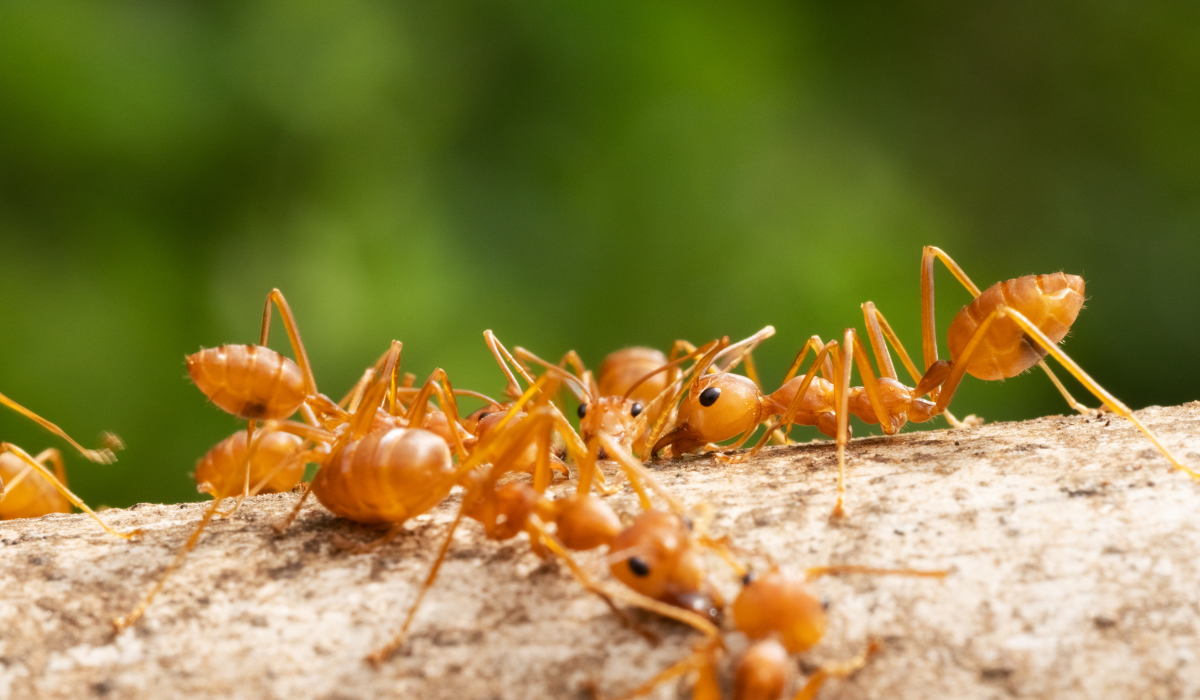
|
Aggressive and known for painful stings, reddish. |
Little Black Ants
|
Known for building colonies both indoors and outdoors. |
Thief Ants
|
Very small, nesting near other ant colonies to steal food. |
Harvester Ants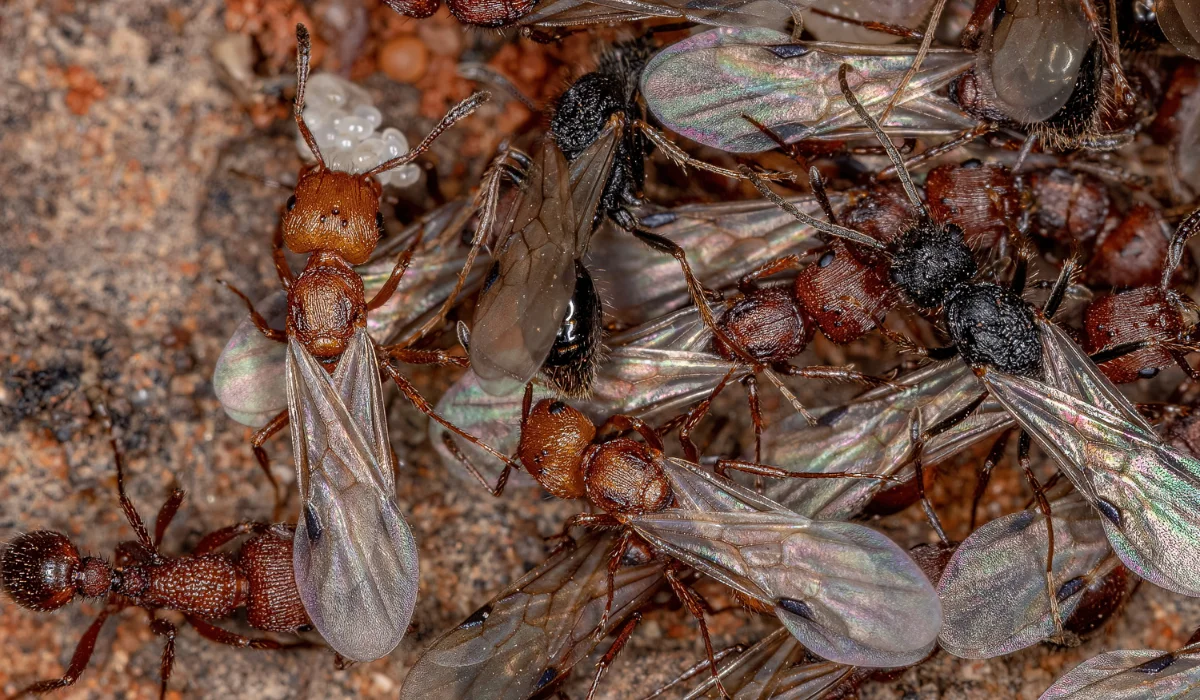
|
Reddish and can inflict painful stings in dry, sandy areas. |
Step 2: Confirm the Signs of a Tiny Ant Infestation
An ant problem often begins with spotting a few tiny ants in the kitchen or bathroom. As homeowners, you must look for trails of ants leading to food sources or signs of ant larvae near crevices.
In some cases, piles of soil or disturbed wood may suggest carpenter ants, whereas thief ants tend to be attracted to greasy foods. Observing these signs can help pinpoint specific infestation areas.
Step 3: Locate Trails and Entry Points
Ants often travel in trails along baseboards and edges, forming clear pathways to food. As residents of San Diego County, inspect the home for ant trails. Note where they enter, like cracks in walls, window voids, or gaps in doorways.
Close examination of these pathways can reveal entry points that thieves and native ants use to invade. Knowing these access points is vital for effective ant control and prevention.
Step 4: Clean Surfaces and Remove Food Sources
Kitchens and laundries are hotspots for ant activity because of spills or crumbs. Regular cleaning with soapy water or non-toxic solutions helps remove scent trails. Food should be stored in sealed containers, while fixing leaky pipes can deny ants of water sources.
Step 5: Use Ant Bait Effectively
Besides bug sprays, ant baits are a practical method for tackling infestations. These products attract and poison them, slowly killing colonies. For optimal results, baits should be located near trails or entry points.
Different species are attracted to different types of food, so it’s important to select a bait that matches their preferences.
For example, protein-based baits may work well for certain species, like carpenter ants, while sugary baits may attract Argentine ants.
Following label instructions and replacing baits regularly can enhance control measures.
Step 6: Seal Entry Points
Effectively sealing entry points is essential for keeping ants out. Inspect areas around windows, doors, and utility penetrations for small openings or crevices. You should apply weatherstripping and caulk to close these gaps. This creates a barrier against ant intrusions.
Step 7: Apply Safe, Non-Toxic Products
Natural options like diatomaceous earth and borax can be sprinkled around entry points to deter ants. These products can be effective against various ant species without harmful active ingredients.
Natural sprays, like a mixture of water and essential oils, can also help control ants. These easy DIY solutions may be effective and environmentally friendly.
Step 8: Maintain Outdoor Landscaping
Outdoor maintenance can get rid of tiny ant infestations. Overgrown shrubs and mulch can harbor these pests, offering direct routes to a home.
They are often attracted to aphids, providing a constant supply of honeydew for the ant colony. Regular trimming to maintain a one-foot barrier between vegetation and home structures can mitigate this risk.
Step 9: Hire a Professional Ant Control Service
Tiny ants, such as those commonly found in San Diego, can infiltrate homes quickly. Their persistence in seeking food and shelter makes them tough adversaries for homeowners.
Hiring a professional pest control service offers solutions to get rid of these invaders and prevent future infestations. They have access to tools and techniques not typically available to the public.
Is It Time to Call Pest Control?
Tiny ants in San Diego homes can be a nuisance, especially when they invade kitchens and pantries. If ants keep returning despite cleaning and sealing food items, you could use expert help.
Exterminators like us can access treatments that are unavailable to the public. Besides ants, do you need help with other critters, such as fleas, bed bugs, and termites? Call today for a free estimate whether you are in Southern California!
 1st pest control service just $49. Must schedule service online.
1st pest control service just $49. Must schedule service online.

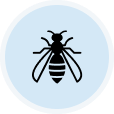
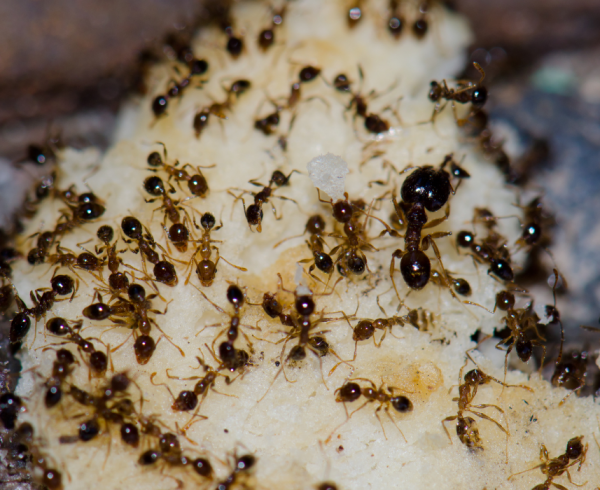
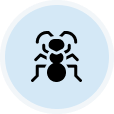
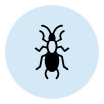

 You’re supporting a small, local business
You’re supporting a small, local business

